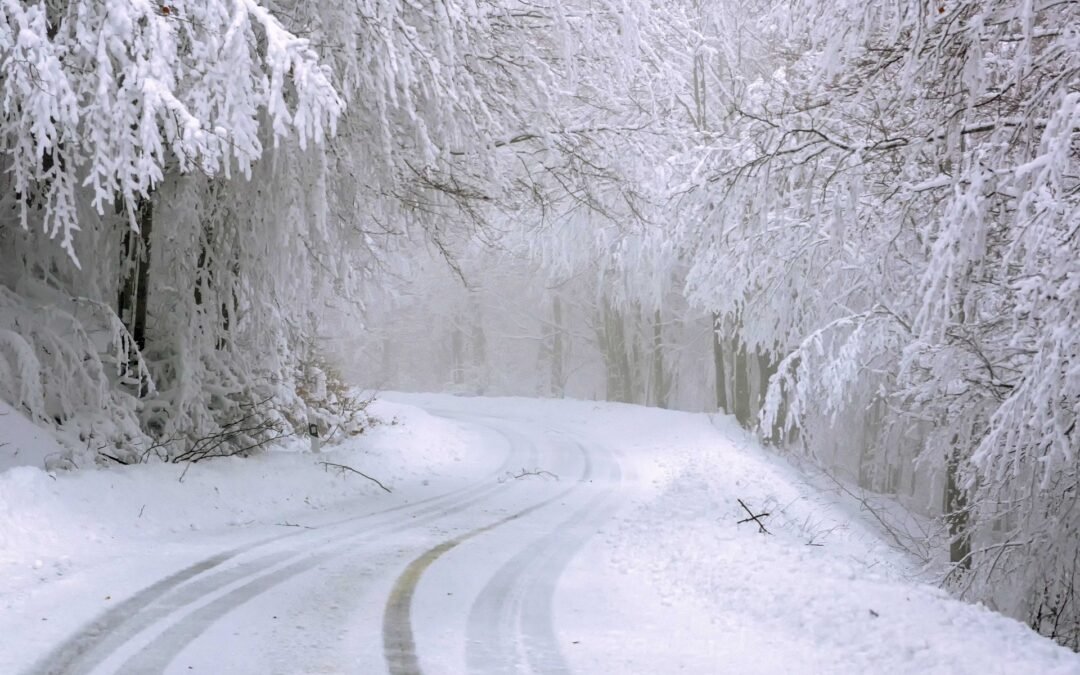Winter driving can be both beautiful and treacherous. Snow-covered landscapes might look like a scene from a postcard, but those slick roads and unpredictable weather conditions can quickly turn a serene drive into a hazardous journey. Here are some essential tips to help keep you safe on the road during winter weather.
1. Prepare Your Vehicle
Before venturing out, ensure your vehicle is winter-ready:
- Tires: Equip your vehicle with winter tires. These provide better traction on snow and ice compared to all-season tires.
- Battery: Cold weather can affect your car’s battery performance. Make sure your battery is in good condition and fully charged.
- Fluids: Check antifreeze levels, and use winter-grade oil. Keep your gas tank at least half full to avoid gas line freeze-up.
- Wipers and Washer Fluid: Install winter wiper blades and use a winter formula windshield washer fluid to help keep your windshield clear.
2. Plan Your Route
- Check the Weather: Stay updated on the latest weather conditions before you leave.
- Know Your Route: Familiarize yourself with the roads and have alternative routes in mind in case conditions worsen or roads are closed.
- Leave Early: Give yourself extra time to reach your destination to avoid feeling rushed in treacherous conditions.
3. Adjust Your Driving
- Reduce Speed: Driving slower than the speed limit is crucial when roads are icy or covered in snow. Speed limits are set for ideal conditions.
- Increase Following Distance: Increase the distance between you and the car ahead to allow more time to stop.
- Use Gentle Movements: Accelerate, brake, and steer slowly and smoothly to avoid skidding.
4. Handle Skids Correctly
- Front-Wheel Skid: Remove your foot from the gas. Shift to neutral but don’t try to steer immediately. When the wheels skid sideways, you’ll regain traction, then steer in the direction you want to go.
- Rear-Wheel Skid: Remove your foot from the gas and steer in the direction you want the front of the car to go. Avoid using brakes.
5. Be Prepared for Emergencies
- Keep an Emergency Kit: Include items such as a blanket, food, water, flashlight, batteries, first aid kit, and a small shovel.
- Charge Your Phone: Ensure your phone is fully charged before you start your trip.
- Stay with Your Vehicle: If you get stuck, it’s often safest to stay in your car and wait for help.
6. Stay Calm and Focused
- Avoid Distractions: Keep your attention on the road and avoid using your phone or other distractions.
- Take Breaks: Long drives can be exhausting, especially in difficult conditions. Take regular breaks to stay alert.
Winter driving demands extra caution and preparedness. By taking these steps, you can help ensure that you and your passengers arrive safely at your destination. Remember, it’s always better to arrive late than not at all. Stay safe out there!








Be Awesome!
Share Or Like This Post And Get +10 Karma Points :-)